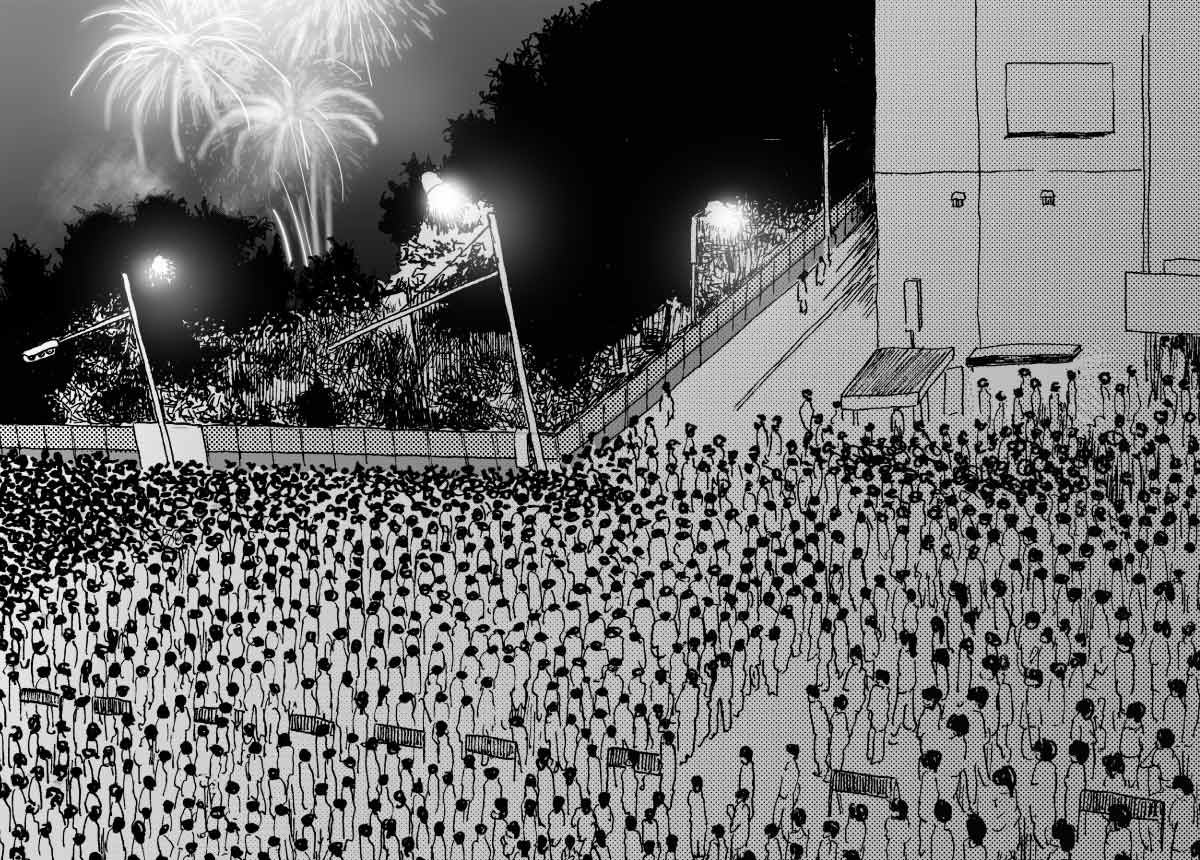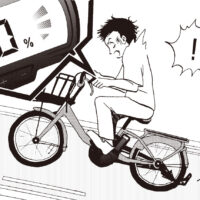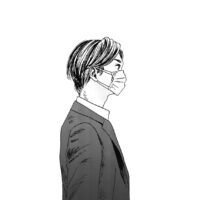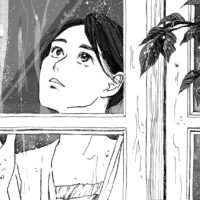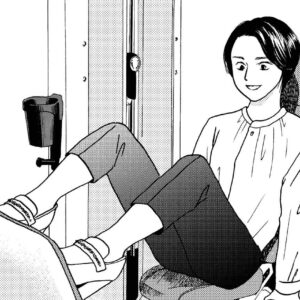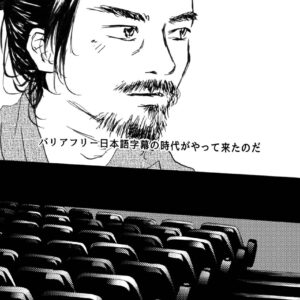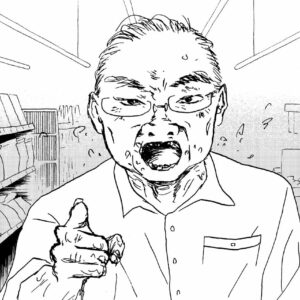The Sumidagawa Fireworks Festival, Japan’s oldest, will be held tomorrow for the first time in four years. The event began with the release of fireworks to console for victims of a devastating famine and to chase away evil spirits in 1733.
The day before the festival, there is a reminder that “should you go to the show?”
Since the event hasn’t been held in a while due to weather and a pandemic, the organizers are concerned about preventing accidents. 740,000 people attended a fireworks show that was held last week at another location near the venue. Tomorrow, a larger crowd is anticipated to gather. Because of the increased crowds, the police, who are in charge of security, are concerned that people will not obey the security guards’ instructions.
Do not approach the stations nearest the venue unless you have something to do. Don’t expect to enjoy shopping at the stalls. If you participate, be prepared to walk endlessly through the crowds in temperatures approaching 40 degrees Celsius, forbidden to stand still, and unable to move freely along the way, following directions. Some neighborhood restaurants close their doors from today for fear of crowd disruptions.
If you want to see fireworks, the wisest choice is to pay for a place. A venue with folding chairs provided by a public facility costs 6,000 yen; an admission ticket to the Tokyo Skytree observation deck costs 10,000 yen; a reservation for a hotel room with a view of the fireworks costs 30,000 yen; and watching fireworks while having a luxurious dinner costs at least 100,000 yen. More specifically, because it will be broadcast live on TV, it would also be a sensible option to watch it over beverages at home, at the regular position, and with the air conditioner running.
Like other countries, Japan has an overtourism problem. To ensure a safe and enjoyable summer vacation, we need to check the crowds at our destination.



